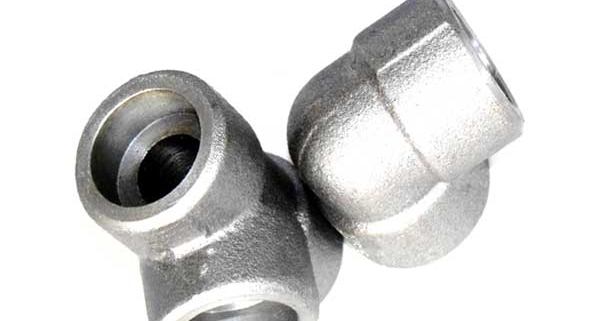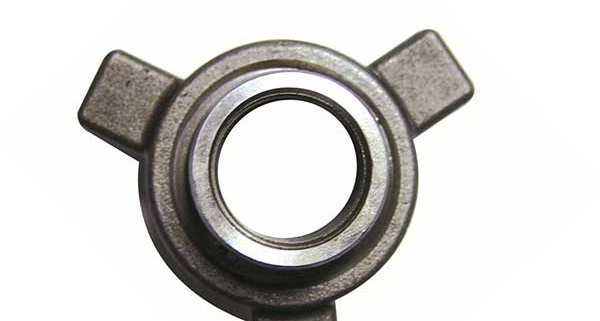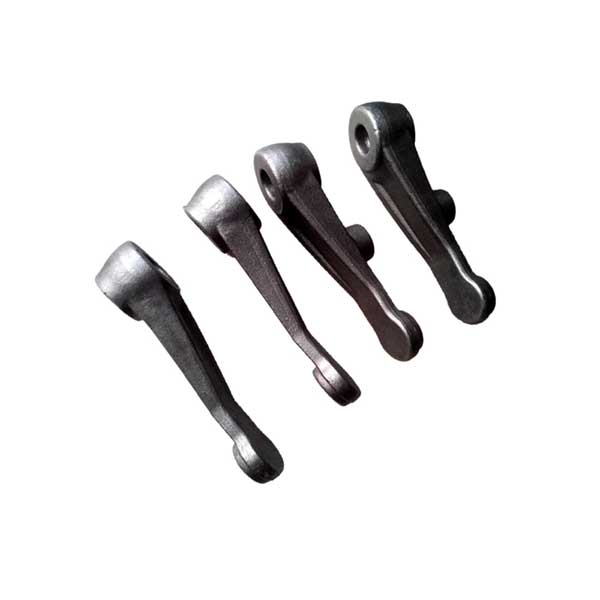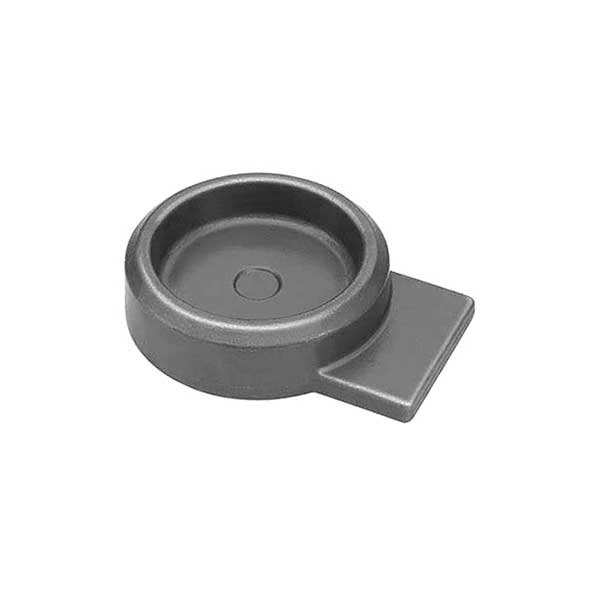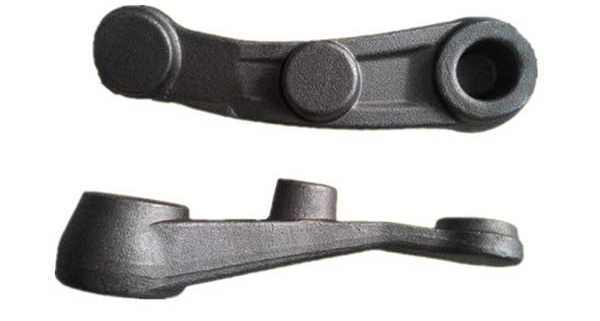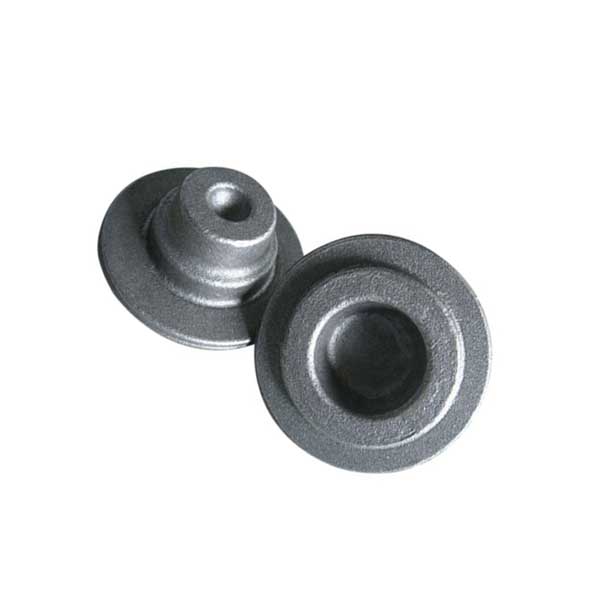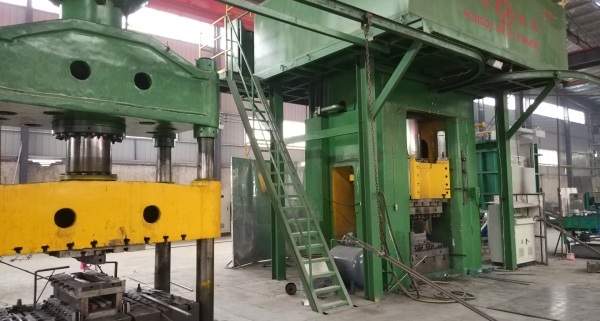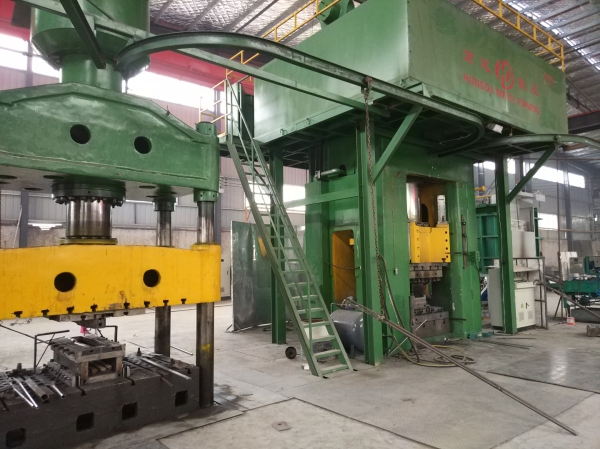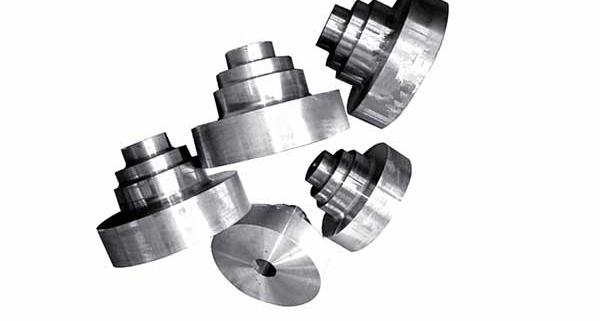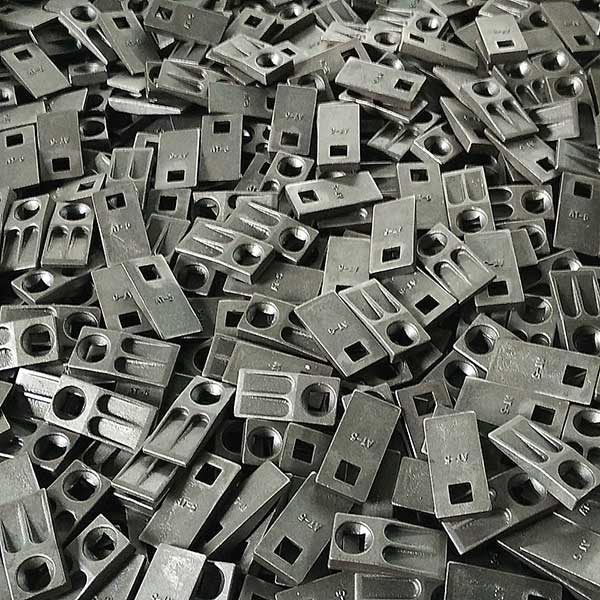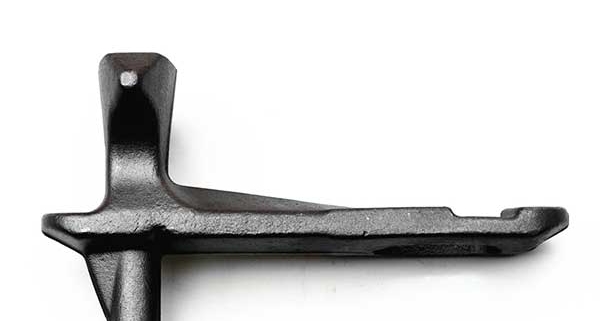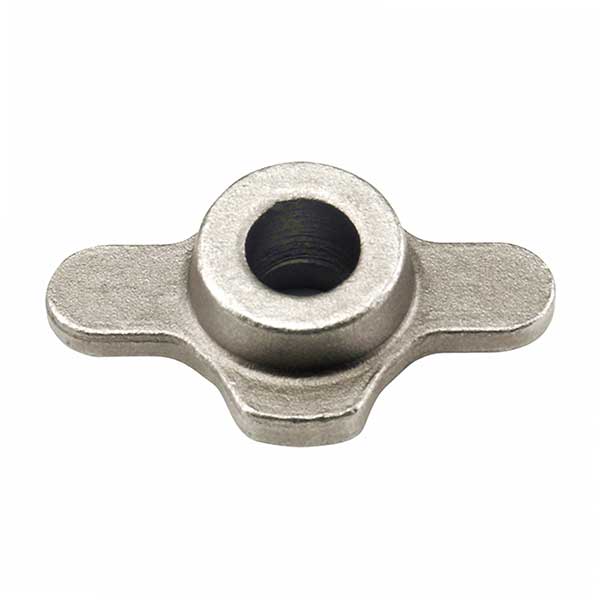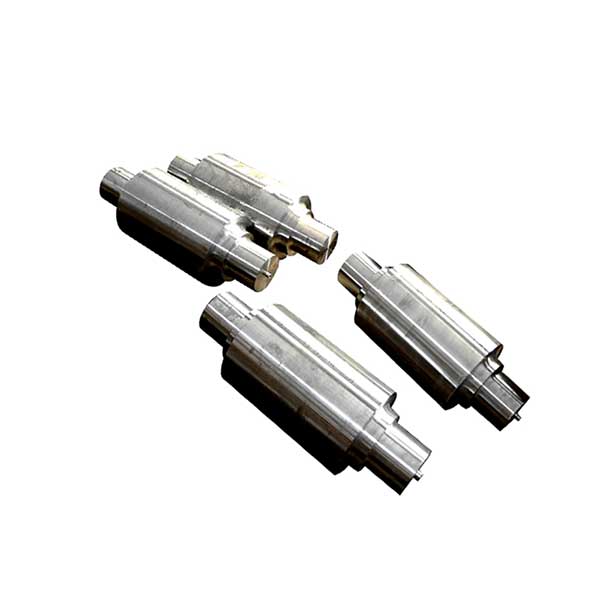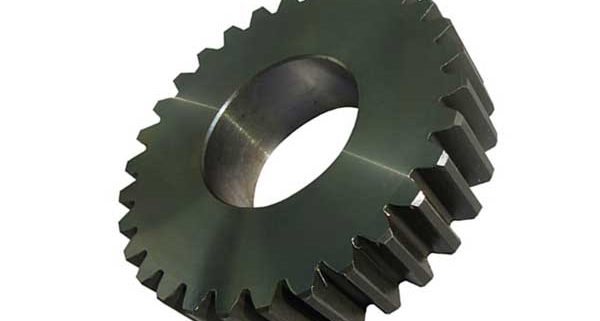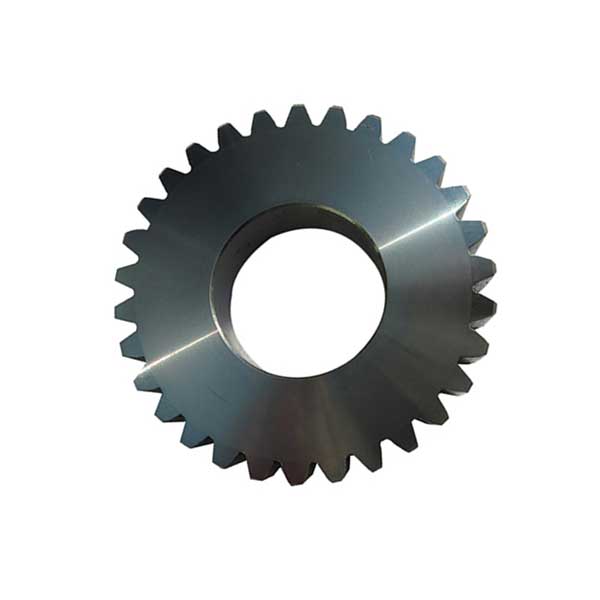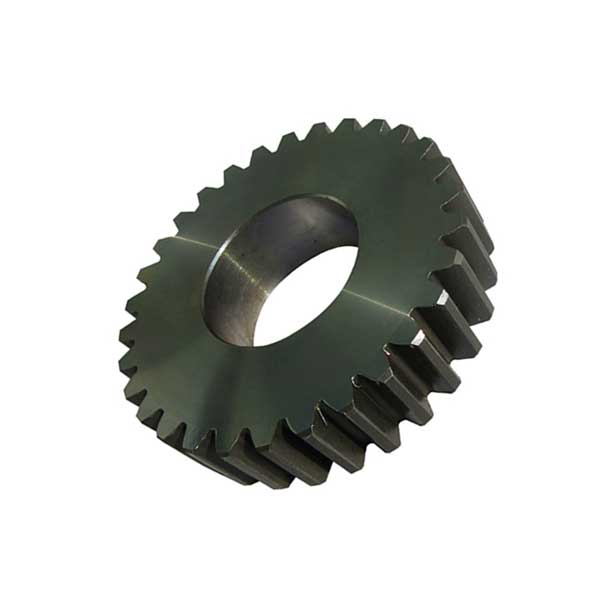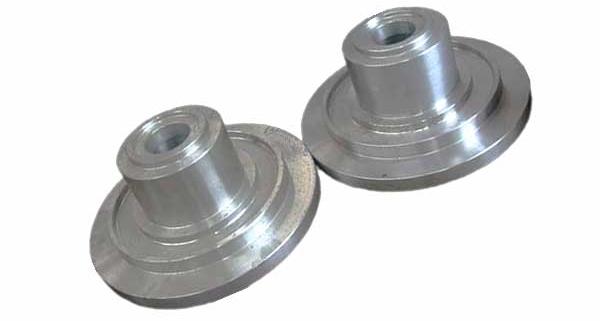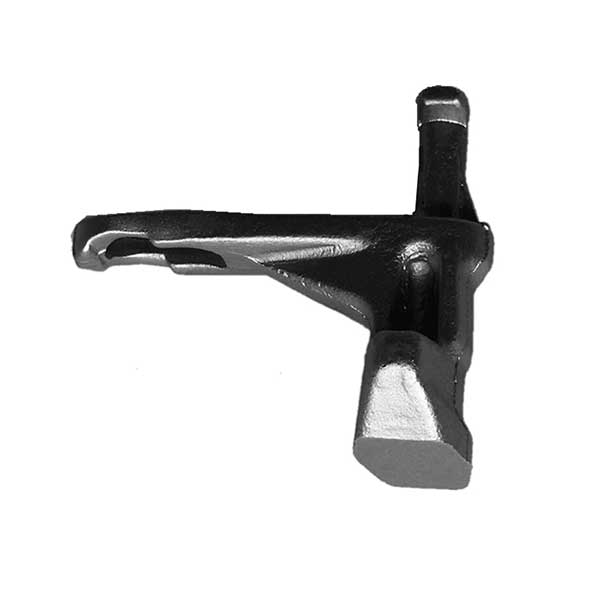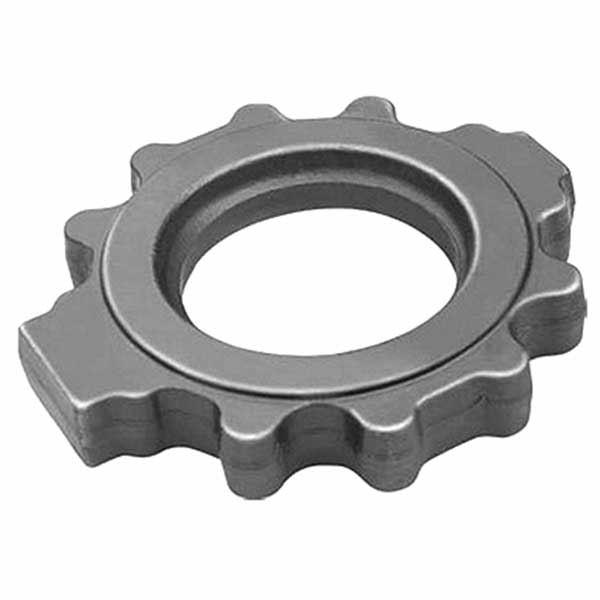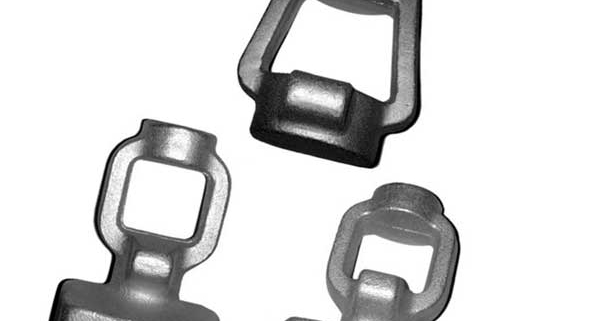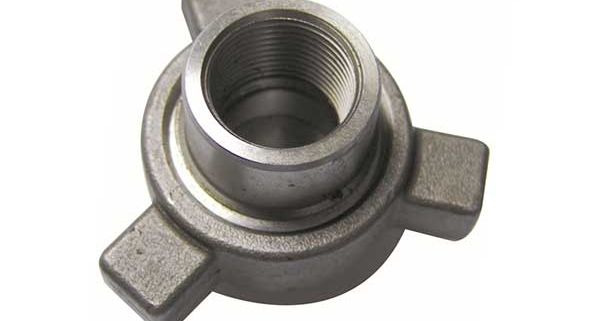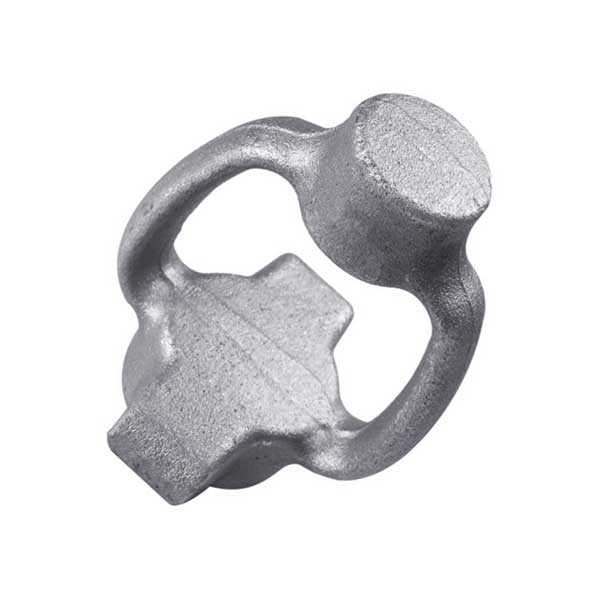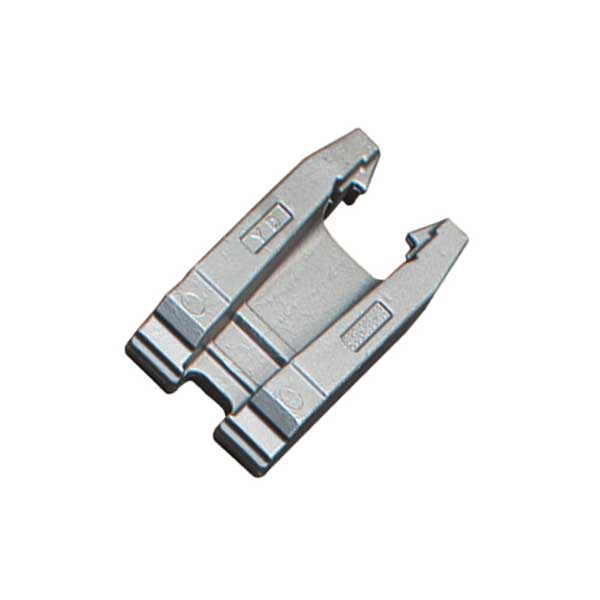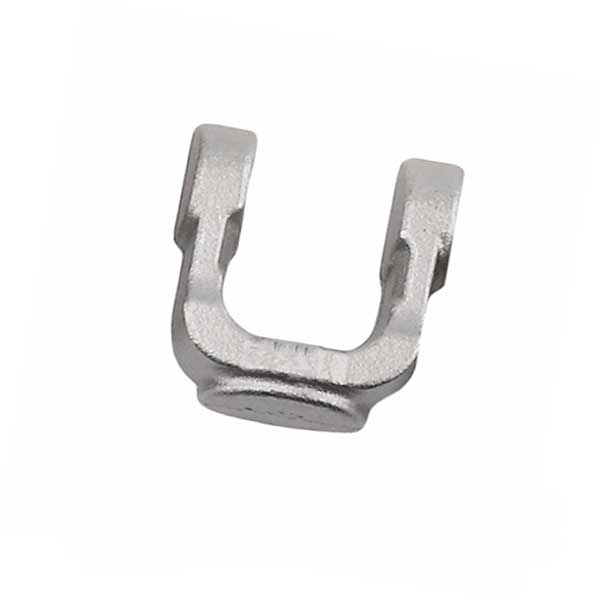Free forging is a processing method that uses impact force or pressure to deform the metal freely in all directions between the upper and lower anvil surfaces, and obtains the required shape and size and certain mechanical properties without any restriction, which is referred to as free forging. The tools and equipment used in free forging are simple, versatile and low in cost. Compared with casting blanks, free forging eliminates shrinkage holes, shrinkage porosity, pores and other defects, so that the blanks have higher mechanical properties. Forgings are simple in shape and flexible in operation. Therefore, it has special significance in the manufacture of heavy machinery and important parts.
Basic process of free forging
The basic processes of free forging include upsetting, drawing, punching, bending, torsion, offset, cutting and forging.
Upsetting
A forging process that reduces the height of the blank and increases the cross-sectional area. The upsetting process is mainly used for forging gear blanks and round cake forgings. The upsetting process can effectively improve the blank structure and reduce the anisotropy of mechanical properties. Repeated upsetting and drawing can improve the morphology and distribution of carbides in high-alloy tool steels.
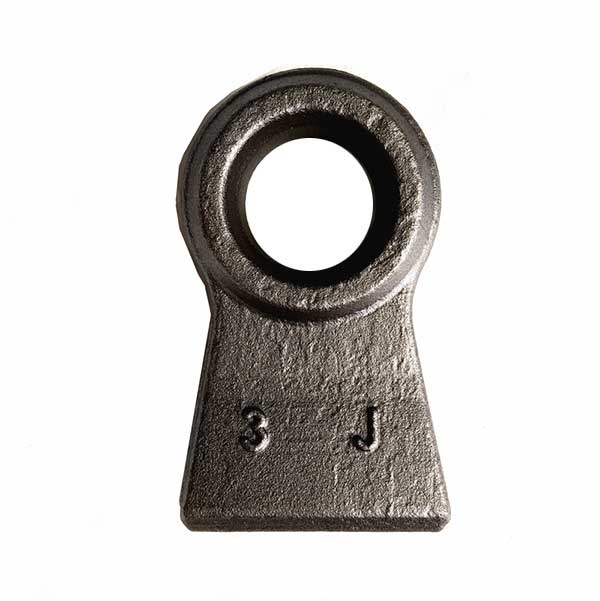
Upsetting mainly has the following three forms:
1. Complete upsetting. Complete upsetting is to place the blank vertically on the anvil surface, and under the hammering of the upper anvil, the blank will be plastically deformed with a height reduction and an increase in the cross-sectional area.
2, the end upsetting. After the billet is heated, one end is placed in a drain or mold to limit the plastic deformation of this part, and then the other end of the billet is hammered to make it upsetting. The upsetting method of the leaking disc is mostly used for small batch production; the method of upsetting the tire mold is mostly used for mass production. Under the condition of single-piece production, the part that needs upsetting can be heated locally, or after all heating, the part that does not need upsetting can be chilled in water, and then upsetting is performed.
3. Upsetting in the middle. This method is used for forging forgings with large middle section and small sections at both ends. For example, gear blanks with bosses on both sides are forged by this method. Before the upsetting of the billet, both ends of the billet should be thinned first, and then the billet should be upright in the middle of the two leakage pans for hammering to make the middle part of the billet upsetting. In order to prevent the billet from bending during upsetting, the ratio of the billet height h to the diameter d h/d ≤ 2.5.
Pull out
Elongation, also known as elongation, is a forging process that reduces the cross-sectional area of the billet and increases its length. Drawing length is often used for forging rods and shaft parts. There are two main methods of pulling out:
1. Pull out on the flat anvil.
2. Pull out on the mandrel. During forging, the mandrel is first inserted into the punched billet, and then drawn as a solid billet. When drawing long, it is generally not drawn at one time. First, the blank is drawn into a hexagonal shape, and after forging to the required length, the chamfer is rounded and the mandrel is taken out. In order to facilitate the removal of the mandrel, the working part of the mandrel should have a slope of about 1:100. This drawing method can increase the length of the hollow blank, reduce the wall thickness, and keep the inner diameter unchanged. It is often used for forging long hollow forgings such as sleeves.
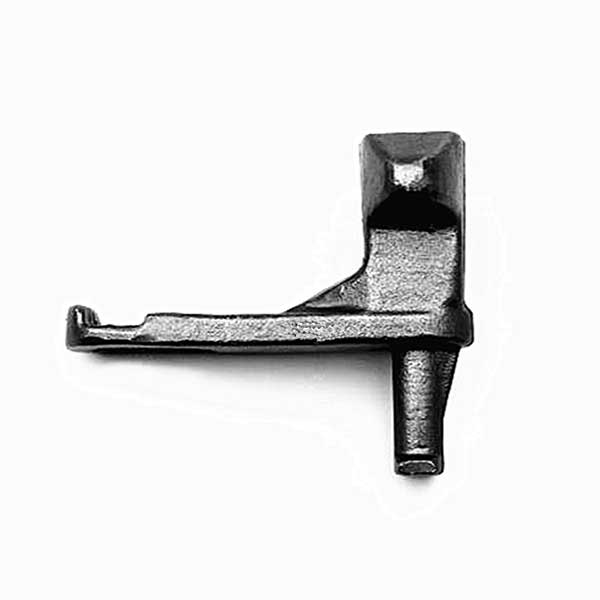
Punching
There are two main methods of punching:
1. Double-sided punching method. When the punch is punched to the depth of 2/3 to 3/4 on the blank, take out the punch, turn the blank, and then use the punch to align the position from the reverse side to punch out the hole.
2. Single-sided punching method. For blanks with small thickness, single-sided punching method can be used. When punching, the blank is placed on the backing ring, the big end of a slightly tapered punch is aligned with the punching position, and the blank is hammered into the blank until the hole penetrates.
Bending
The forging process in which a certain tool and die bends the blank into a specified shape is called bending.
There are two commonly used bending methods:
1. Forging hammer compression bending method. One end of the blank is pressed by the upper and lower anvils, and the other end is struck with a sledgehammer or pulled by a crane to bend it into shape.
2. Die bending method. Bending in the pad die can obtain small forgings with more accurate shape and size.
Cutting refers to the forging process in which the blank is divided into several parts or partially cut, or a part is cut from the outside of the blank, or a part is cut from the inside.
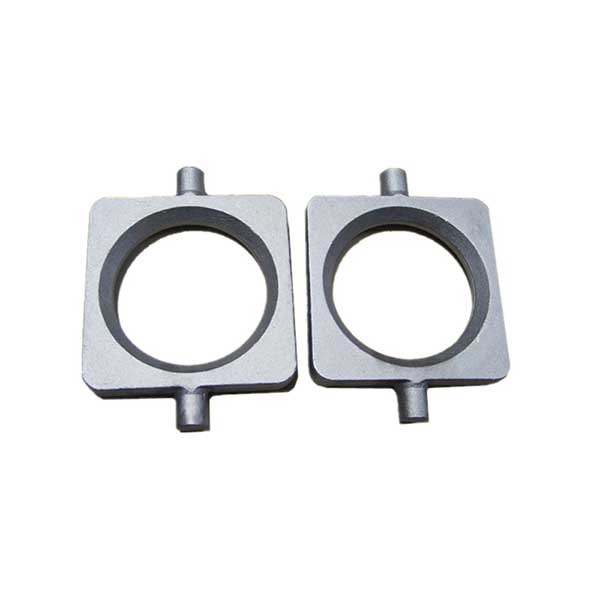
Twist
Torsion is a forging process that rotates one part of wool by an angle about its axis relative to another. This process is mostly used for forging multi-turn crankshafts and correcting some forgings. When the torsion angle of the small billet is not large, the hammering method can be used.
Misplaced
Staggering refers to the forging process in which one part of the blank is staggered parallel to another part by a distance, but the axis is still kept parallel. It is often used for forging crankshaft parts. When staggered, the blank is first cut locally, and then impact force or pressure of equal size, opposite method and perpendicular to the axis is applied on both sides of the incision, so that the blank can be offset.
Forging
Forging is a forging process in which the billet is heated to a high temperature in a furnace, and then struck with a hammer to combine the two in a solid state. Forging methods include lap joint, butt joint, snap joint and so on. The strength of the seam after forging can reach 70% to 80% of the strength of the connected material.
The above is all about the basic process of free forging. I hope it can be helpful to everyone. If you have any questions during the operation, you can contact us at any time.

